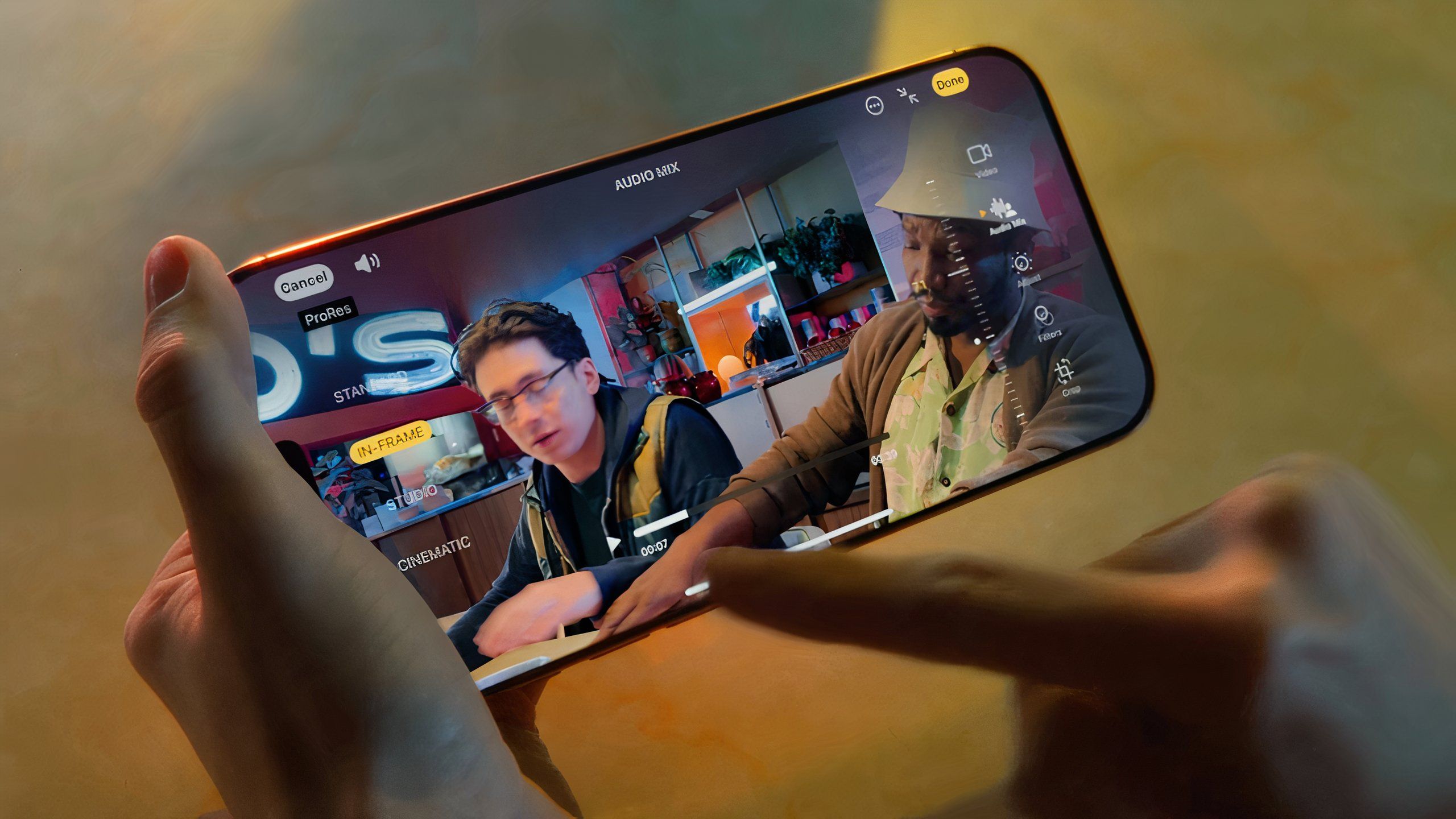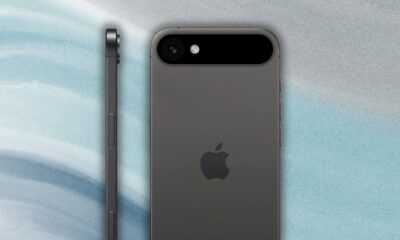Gadgets
Is the iPhone 16 Pro worth buying for pro photo and video?

Key Takeaways
- The iPhone 16 Pro offers decent specs for photo and video, but you’ll need to work around some limitations.
- Audio Mix modes and the Camera Control button could be a reason to get excited if they’re supported in third-party apps.
- You may need a variety of apps and accessories to turn an iPhone into a professional device.
If there’s one thing you can count on Apple hyping up at every iPhone event, it’s camera technology. The company first realized it was on to something with the iPhone 4, and ever since has concentrated not just on improving its cameras, but on showing them off as equal to the tools available to professionals. For the iPhone 16, it shot an entire music video in collaboration with The Weeknd.
Will the iPhone 16 Pro actually be usable as a tool for pro photographers and videographers, though? I’ll have to get my hands on it to be sure, but based on its features and my past experience with iPhones, the answer should be a solid “depends on what you plan to do.”
iPhone 16 Pro
Apple’s iPhone 16 Pro line features a few notable upgrades over last year’s iPhone 15 Pro, including a dedicated camera button, a new A18 Pro chip, a bigger screen, and several AI-powered Apple Intelligence features.
A solid base for photography
…but lighting is still the foundational key
Apple
From a specs perspective, you should be able to do plenty with the iPhone 16 Pro when it comes to still shooting. A quick rundown:
- Main (wide) camera: 48-megapixel sensor, 24 mm f/1.78 lens, optical image stabilization (OIS)
- Ultra-wide: 48-megapixel sensor, 13 mm f/2.2 lens
- Telephoto: 12-megapixel sensor, 120mm f/2.8 lens (5x zoom), OIS
- Formats: JPEG, HEIF, DNG, Apple ProRAW
- Misc. features: Camera Control button, LiDAR, True Tone flash, Focus Pixels, Spatial Photos/Videos for Apple Vision Pro
These specs don’t tell the whole story, of course. For one, while OIS and Apple’s image processing should go a long way towards supporting low-light shooting, a phone-sized sensor is inherently limited in the ISOs it can shoot at with acceptable noise. You’ll still want a DSLR or mirrorless camera if you plan to shoot in dim conditions and get something you can deliver to a client. Similarly, a 12-megapixel telephoto might be good enough for sharing with friends and family, but that resolution isn’t going to cut it for most ads or publications. It doesn’t offer much, if any, room for cropping.
Realistically, if you want to do pro photo work, you’ll have to do what Apple does most of the time — shoot in well-lit conditions, usually at close range. That lighting can be natural or artificial, but it needs to be there. I’d avoid low-key lighting in most cases, but HDR might let you bring out shadow detail without blowing out highlights or introducing too much noise.
Realistically, if you want to do pro photo work, you’ll have to do what Apple does most of the time — shoot in well-lit conditions, usually at close range.
Speaking of processing, you’ll want to shoot in RAW, since while Apple’s default image processing often looks good, it makes a lot of decisions for you. Indeed, you’ll probably want a better camera app, such as Halide, which offers options like histograms and manual focus. The app’s “Process Zero” option lets you bypass all of Apple’s processing, even what’s applied to ProRAW. Just expect to spend more time working in apps like Lightroom and Photoshop to get quality results.
What about the Camera Control button?
Wait for support in your favorite camera app
Apple
Yes, the designated camera button. At launch, at least, the Camera Control will mostly be of use to casual shooters — making it possible to quickly jump into photo and video recording with the native iOS Camera app. Yes, you’ll also be able to do things like adjust zoom, exposure, and depth-of-field, but all that will still be limited to the Apple Camera app at launch — third-party support is coming sometime after.
Focus lock is hardly worthwhile if it snaps to a person’s hair rather than their eyes.
The aspect I’m most excited about is also coming later, namely the ability to lock focus and exposure with a light press. That can be essential for some photo and video scenarios, such as sports and auto assignments. We’ll have to see just how consistent and accurate Apple’s tracking is — focus lock is hardly worthwhile if it snaps to a person’s hair rather than their eyes.
Video work may be the greatest challenge
Be prepared to spend money on apps and accessories
-

 Destination8 months ago
Destination8 months agoSingapore Airlines CEO set to join board of Air India, BA News, BA
-

 Breaking News10 months ago
Breaking News10 months agoCroatia to reintroduce compulsory military draft as regional tensions soar
-

 Gadgets3 months ago
Gadgets3 months agoSupernatural Season 16 Revival News, Cast, Plot and Release Date
-

 Tech News12 months ago
Tech News12 months agoBangladeshi police agents accused of selling citizens’ personal information on Telegram
-

 Productivity11 months ago
Productivity11 months agoHow Your Contact Center Can Become A Customer Engagement Center
-

 Gadgets3 weeks ago
Gadgets3 weeks agoFallout Season 2 Potential Release Date, Cast, Plot and News
-

 Breaking News10 months ago
Breaking News10 months agoBangladesh crisis: Refaat Ahmed sworn in as Bangladesh’s new chief justice
-

 Toys12 months ago
Toys12 months ago15 of the Best Trike & Tricycles Mums Recommend























